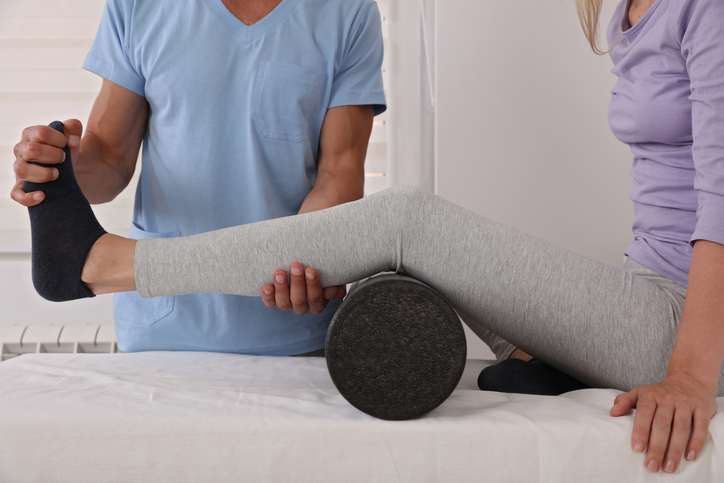Injuries–they happen to all of us. But when they do, we want them to heal as fast as possible so that we can get back to our normal lives. Functional movement refers to a person’s ability to recruit the proper muscle groups and joints to complete a task effortlessly and painlessly. With injuries–even minor ones–our ability to move functionally can be impacted to a significant degree, stopping us from completing our daily tasks comfortably.
If you’re considering a physiotherapist assistant career, you’ll be helping many patients to improve their quality of life by administering treatments based on what the leading physiotherapist prescribes. Keep reading to learn about some of the most common client injuries you’ll encounter on the job.
1. Runner’s Knee Is a Common Overuse Injury
The health and strength of our knees have a significant impact on our mobility, as they’re needed for most movements, including walking, kneeling, running, and cycling. Being the largest joint in the body with a rather complex structure, knee injuries are quite common. As a physiotherapy assistant, you’ll likely encounter many cases of Runner’s Knee, which occurs whenever a person spends a lot of time on their feet, putting excessive pressure and strain on their knees. It causes pain and swelling in the area, but can easily be prevented with regular stretching, supportive footwear, and strengthening exercises.

2. You’ll See Plenty of Lower Back Pain Among Your Patients After Physiotherapy Assistant School
After physiotherapy assistant training, you may be surprised by how many of your patients suffer from lower back pain. The cause of a patient’s lower back pain can be challenging to pinpoint as there are several possible causes, including structural problems, strain, disk injuries, and arthritis. Depending on the severity, lower back pain can cause difficulty walking, working, or even resting comfortably. Once the cause of a patient’s lower back pain is determined through imaging and it has been confirmed that physiotherapy is the best course, you may assist them with postural training, core strength exercises, and lumbar stabilization exercises.

3. One Awkward Movement Can Cause Ankle Sprains
Ankle Sprains occur when we twist, roll, or turn our ankle in an awkward way, stretching or even tearing the ligaments. This causes pain, swelling, and often, immobility which can be quite distressing to the patients you see after physiotherapy assistant school. If sprains go untreated for too long, they can heal incorrectly and cause chronic instability and more injuries down the line. Improving flexibility through exercises, working on balance, and wearing the proper footwear are a few ways for patients to prevent this unpleasant injury.
If you’re excited to start helping people heal their bodies and get their lives back on track, our Physiotherapy Assistant Training Program will prepare you to take on a role working under the supervision of a Physiotherapist. In addition to a vast knowledge base on key concepts like functional movement, therapeutic modalities, and neurological rehabilitation, students will participate in an 8-week clinical placement to gain a more practical understanding of course material.
Ready to enrol in a physiotherapy assistant diploma?
Contact Medix College to learn more!





